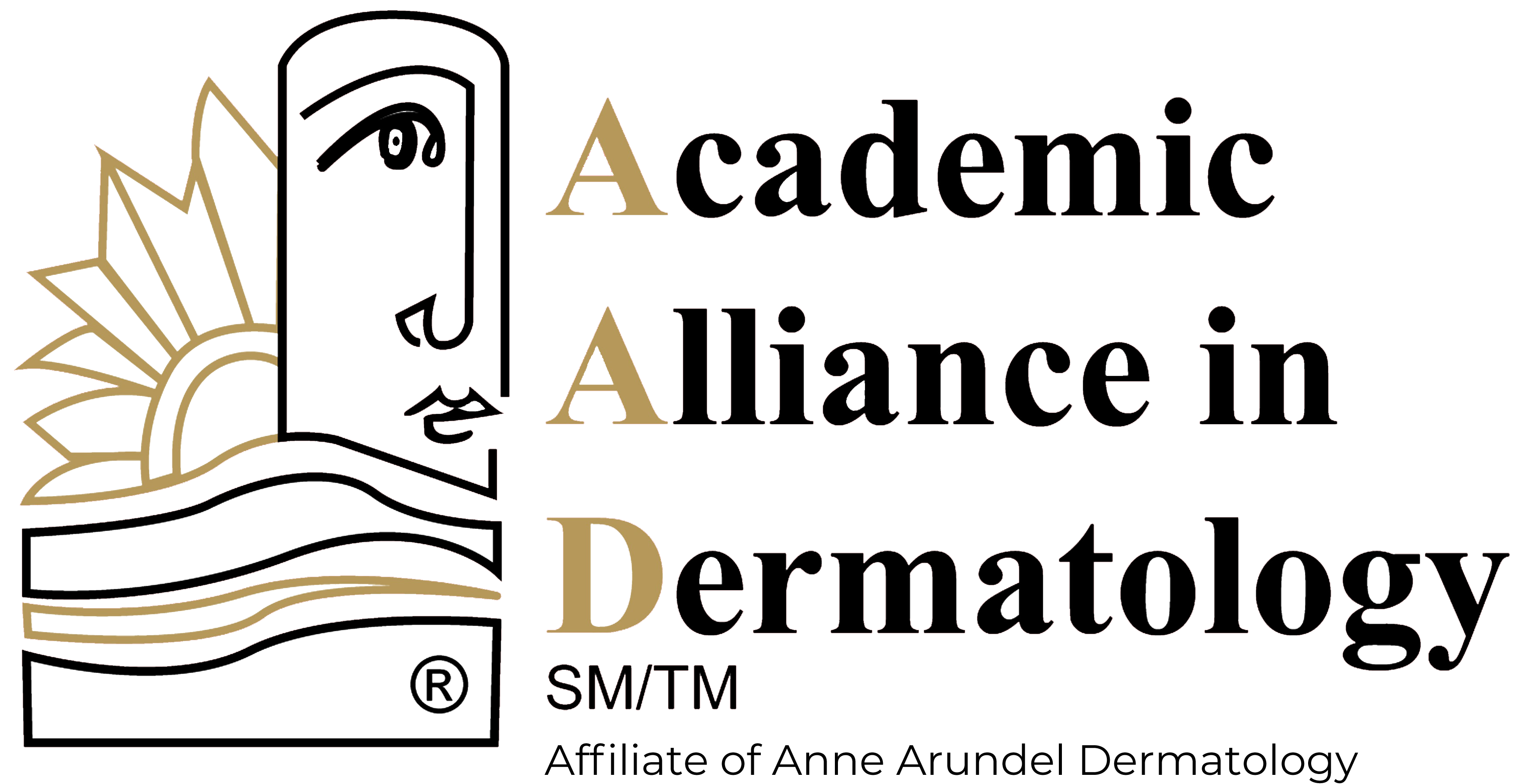Understanding The Different Types Of Acne & Their Treatment
Acne is the most common skin condition in the United States, affecting up to 50 million Americans every year. Acne usually begins in puberty and affects many teenagers and young adults, often carrying over into their adult years. Though acne affects so many people, it doesn’t affect them all the same way. Not all acne is created equal—different types of acne require different treatment plans. Below, we talk about different types of acne as well as common methods of treatment for each.
Mild to Moderate Acne
Comedones
Comedones include whiteheads and blackheads, which can often be treated with over-the-counter products and medications. Acne vulgaris is the medical name for common acne, which includes blackheads, whiteheads, and other types of pimples on the skin. Your face, chest, shoulders, and back are the most common areas where acne vulgaris appears.
Papules
Papules are comedones that become inflamed and form red or pink bumps on the skin. These can be sensitive to the touch and painful when picked at. Touching or squeezing papules can make the inflammation worse and can sometimes cause scars. A large number of papules may indicate moderate to severe acne.
Pustules
Pustules appear similar to whiteheads but have a red inflamed ring surrounding them. If you have pustules you should especially avoid picking them as they can lead to long-term scarring or pigmentation issues.
Treatment Options for Mild to Moderate Acne
Mild common acne may improve with over-the-counter acne treatment, such as facial products, however more severe forms of this type of acne may need to be treated by a dermatologist. You can try treating papules and pustules with over-the-counter products that contain ingredients like benzoyl peroxide, resorcinol, salicylic acid, or sulfur, however you may find that prescription products such as antimicrobial or retinoid creams are best to treat your form of mild to moderately severe acne.
Moderate to Severe Acne Types
Nodules
This type of acne is especially painful. Nodules are large bumps that develop deep below the skin. Nodules often feel hard to the touch. Nodules should be treated by a dermatologist, as over-the-counter treatments are usually not enough. Your dermatologist can often treat these with a prescription drug.
Cysts
Cysts can be the most painful and embarrassing type of acne. Cysts are large, pus-filled lesions that may look like boils. Similar to nodules, cysts can be painful and should be treated by a dermatologist. Both nodules and cysts are considered a severe type of acne.
Treatment for Moderate to Severe Acne
Most people with severe forms of acne will need to see a dermatologist to create a tailored treatment plan for their specific type of acne. This could include prescription topical creams as well as prescription oral medications.
The dermatologists at Academic Alliance in Dermatology have different specializations when it comes to acne and we will make sure you are paired with the best dermatologist to create a tailored treatment plan based on your needs. You don’t have to hide your face because of acne any longer—call us today!

